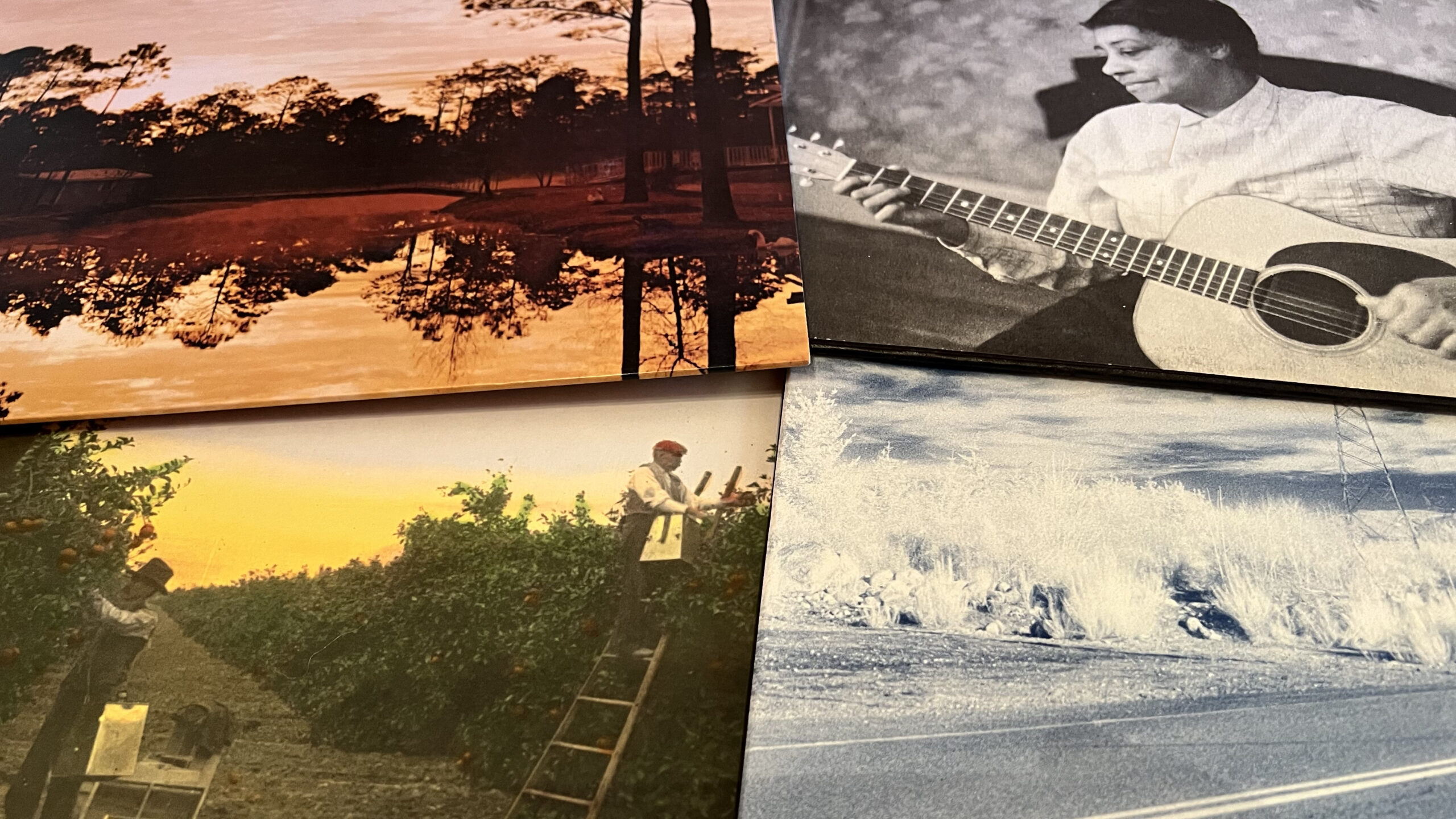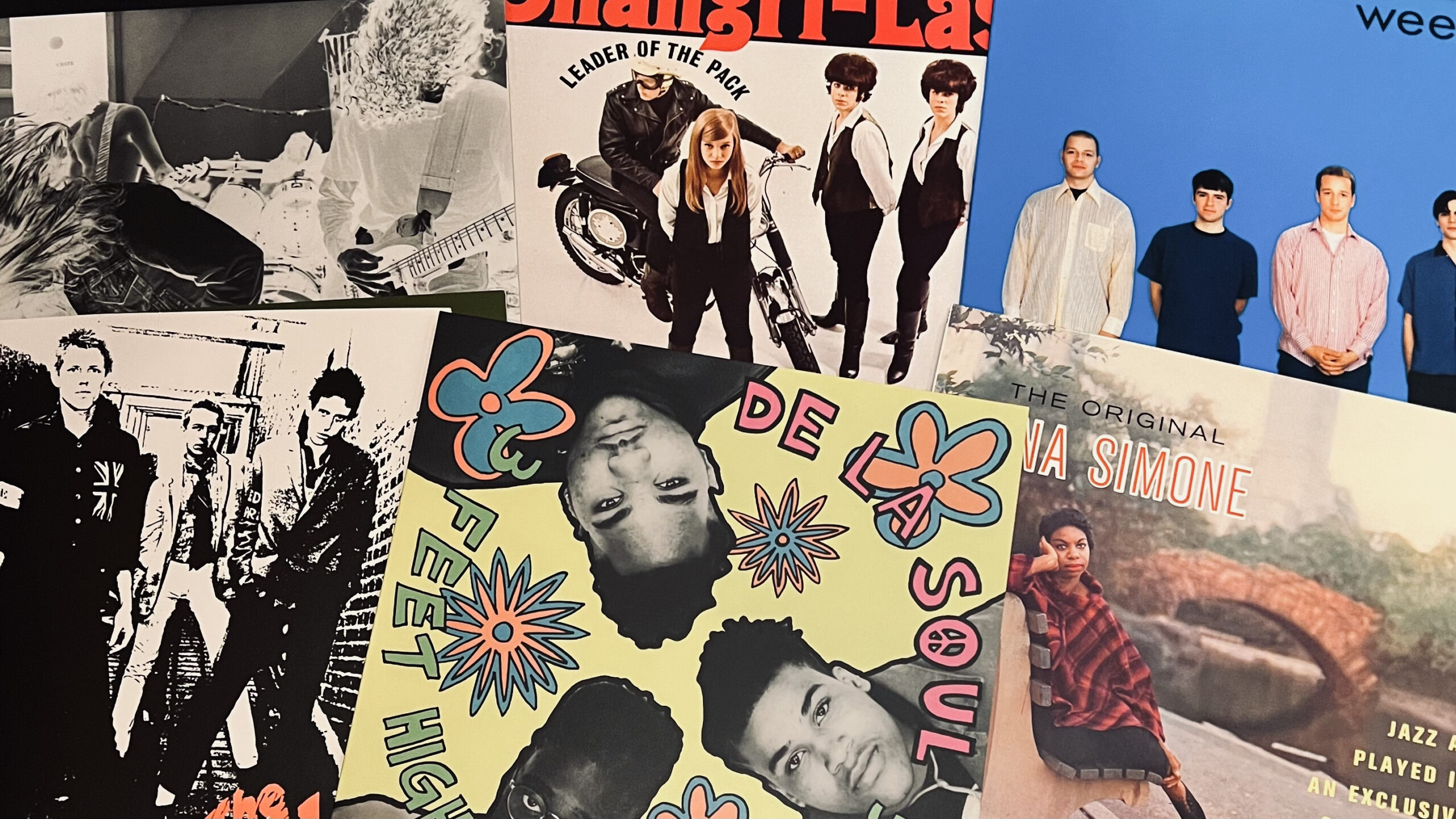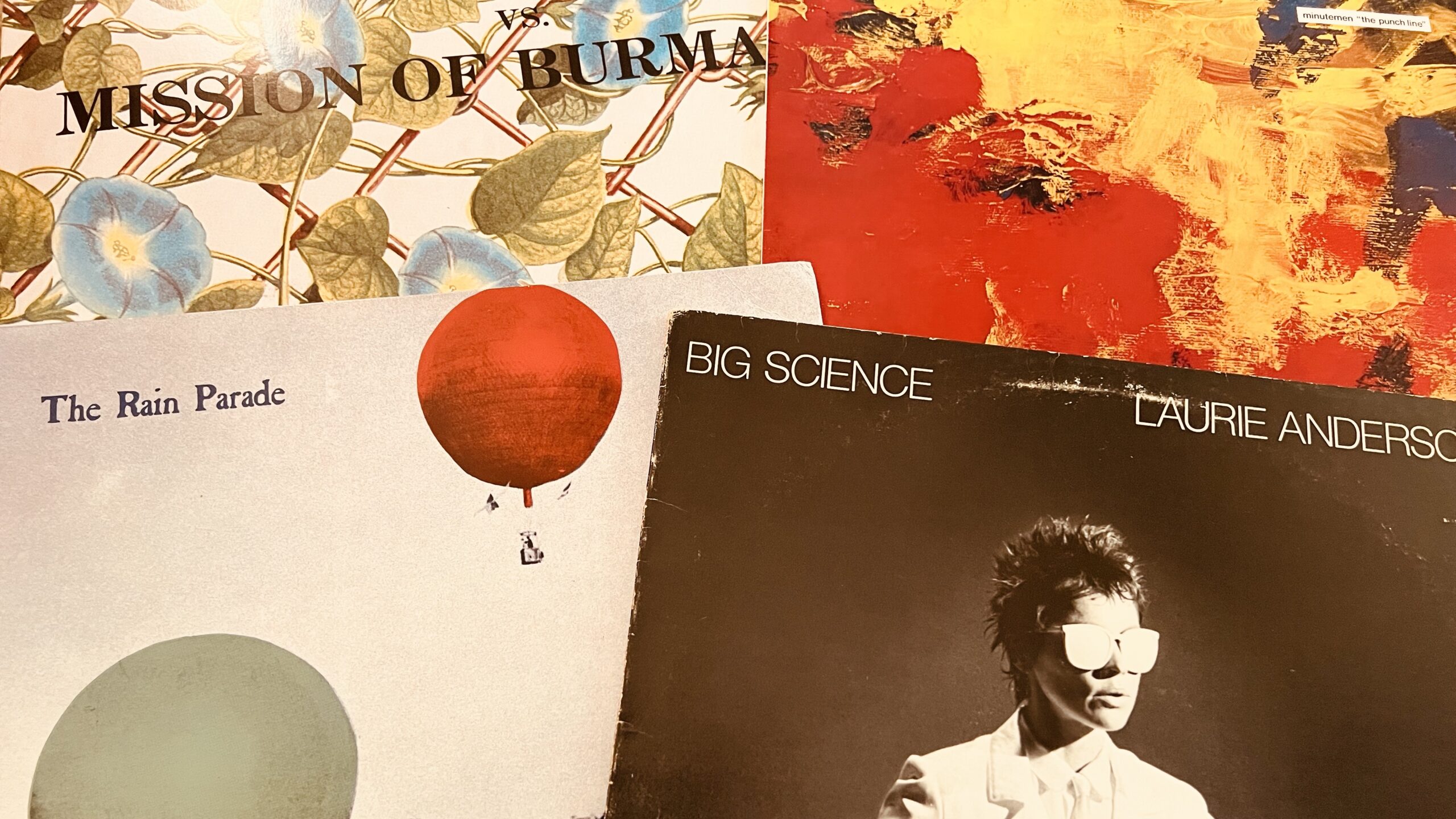
Over the past few decades, the phrase “eighties music” has come to be associated with a specific type of sound: namely, glossily-produced pop tracks that took at least some influence from new wave, but that generally played to a mass audience. Unsurprisingly, these highly-stylized sounds have remained divisive as the eighties-era nostalgia cycle has turned again and again. And while those of us here at Strange Currencies have engaged in our share of debates over gated reverb, cheesy synths, and the like, July’s revisitation of the eighties focused on sounds that largely existed outside of the mainstream.
The underground rock scenes of the eighties ultimately provided the blueprints for what would become the mainstream sounds of the nineties; albeit, even as post-Nirvana bands were selling millions of records, they were still being billed as ‘alternative.’ But a decade earlier, this was definitely alternative music. Whether arriving as part of a legitimate scene — say, the bands associated with SST Records, New Zealand’s “Dunedin Sound,” or California’s “Paisley Underground” — or crafted by lo-fi lone wolves, the debut records that we featured this month largely found their creators pushing against what was happening at the top of the charts.
As such, most of these records weren’t exactly hits — though a few were. For some of these groups, these debuts were merely a prelude to an eventual commercial breakthrough. Far more would instead become cult classics: albums that were ultimately more important than they were successful. The best of them are worthy entries in an alternative canon.
We’ll be shifting our emphasis to a new theme in August. To see those picks in real-time — and to read our past and future mini-reviews in full — give our Instagram and Facebook pages a follow.
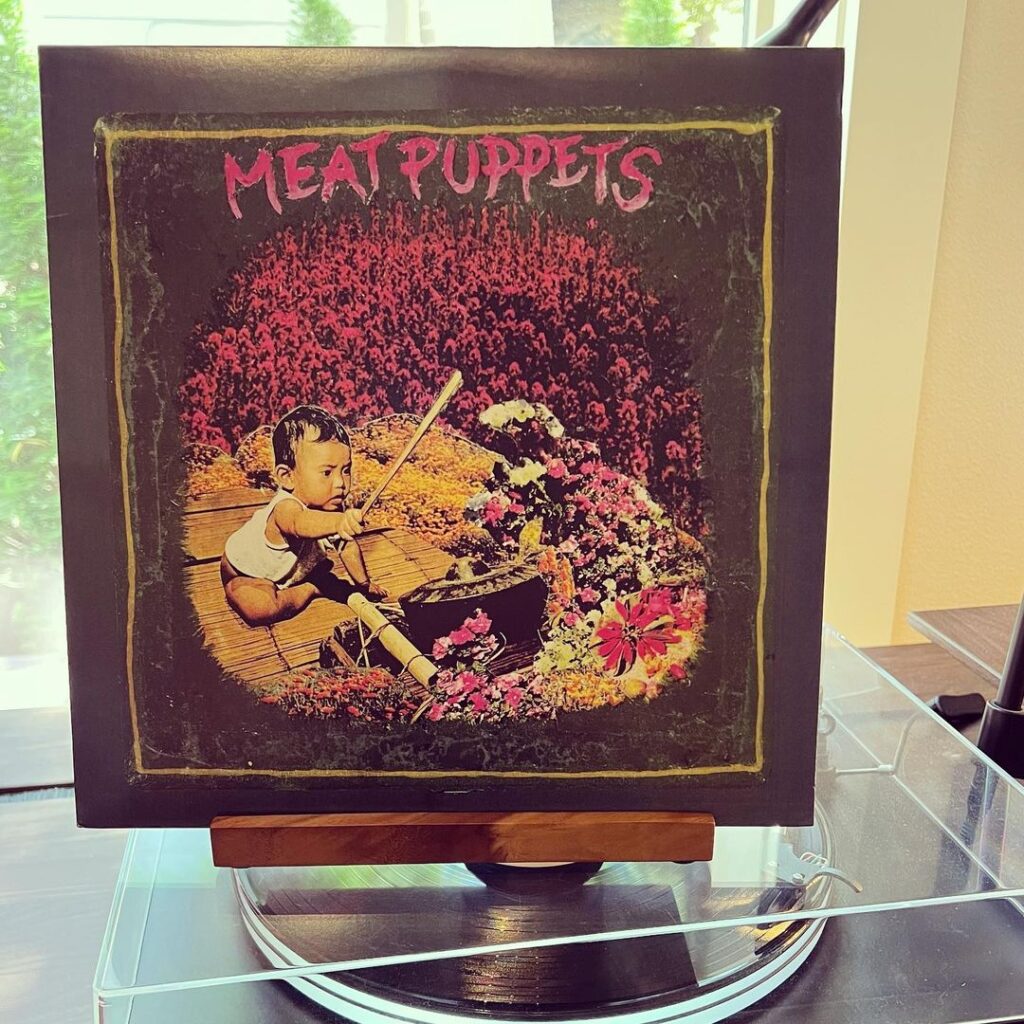
What We Said: “Famously, Meat Puppets would take a giant leap on their second LP, but the band’s debut still holds some of the same rough-edged, oddball charm of its masterful follow-up.”
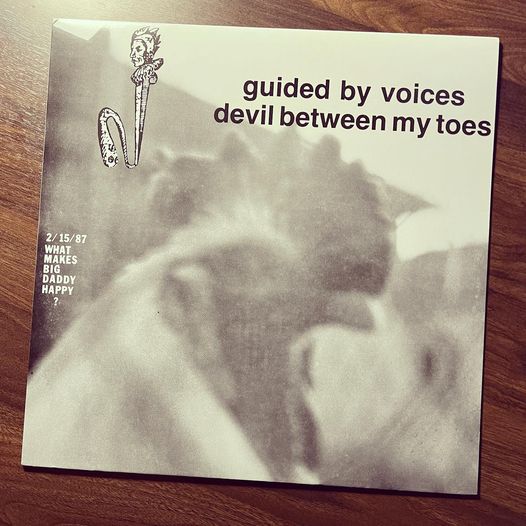
What We Said: “Bearing an often-heavy resemblance to Wire and early R.E.M., [it] may sound inauspicious compared to what would come later, but its constant back-and-forth volley between pop song craft and lo-fi experimentation sets a template for the band that Guided by Voices would eventually become.”

What We Said: “Would it have benefitted from an obvious standout track or two? Sure. But at the end of the day, [it] is full of gorgeously chiming, shimmering, and soaring guitars, and is a classic example of a record far greater than the sum of its parts.”
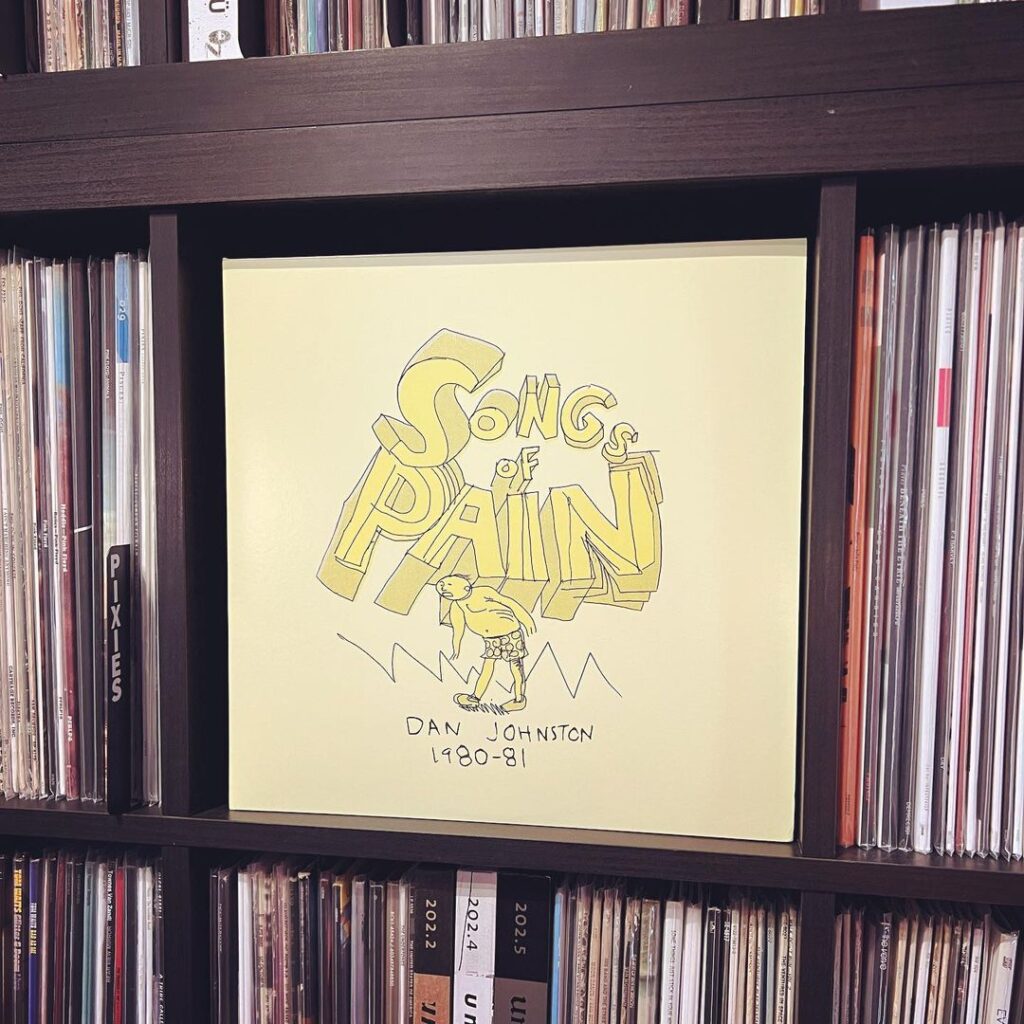
What We Said: “Sure, it’s one of the preeminent examples of an “outsider” classic — and it represents the fascinating point of departure in an improbably rewarding career — but even with all context removed, Songs of Pain is an astounding piece of work.”
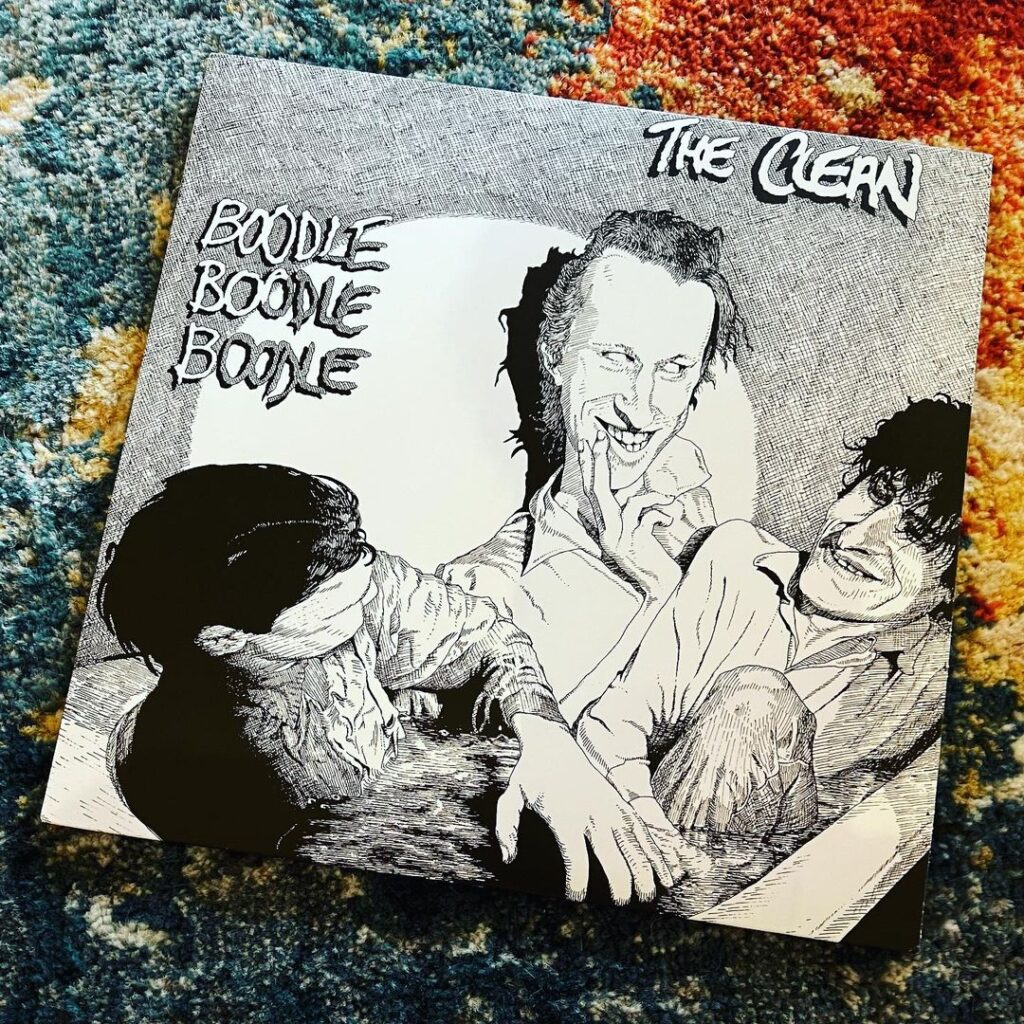
What We Said: “One of the finest EPs to emerge in a stellar decade for the format, Boodle Boodle Boodle is a nearly-perfect display of The Clean’s immense charm. It represents a high-water mark: not only for the band, but also for New Zealand’s Dunedin Sound scene.”
July 6 (#187)
Some People Are on the Pitch They Think It’s All Over It Is Now
(1985)
Rating: 9.1
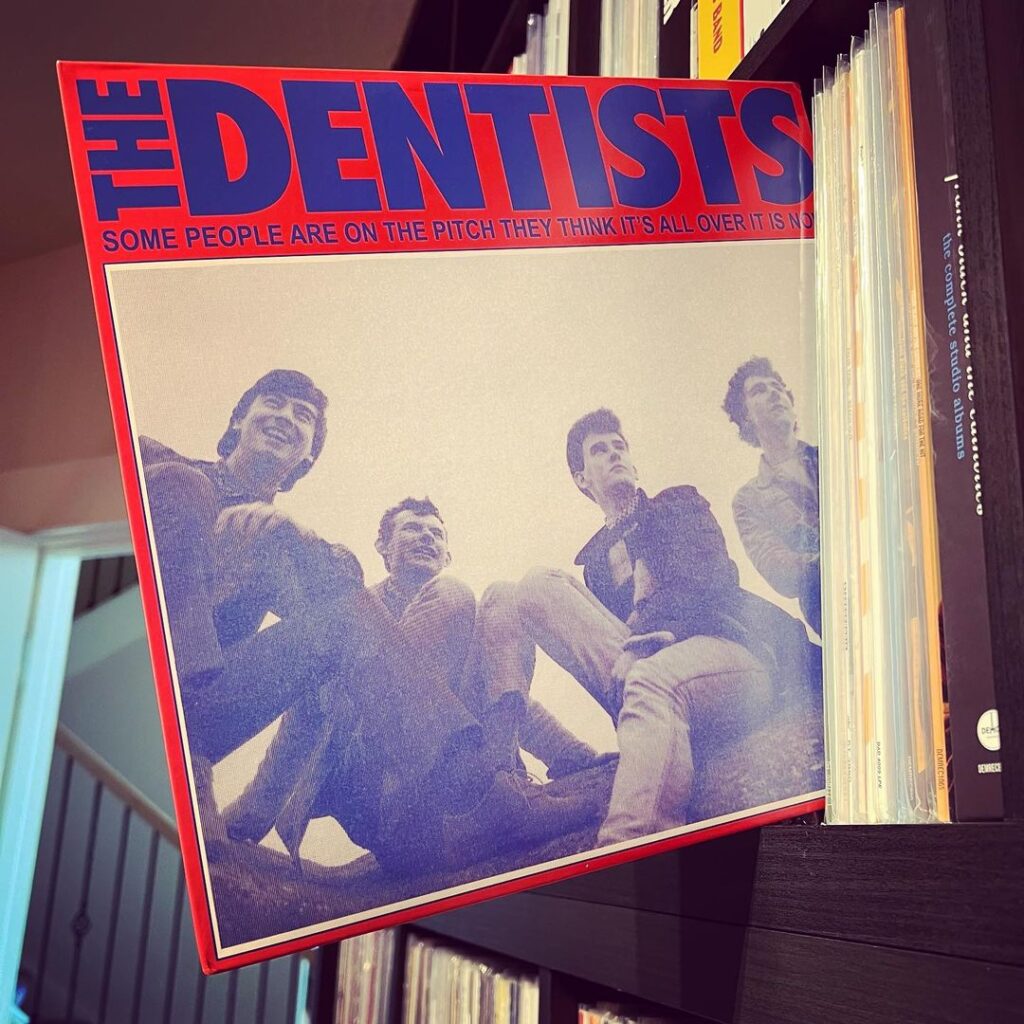
What We Said: “Every track here is worthwhile, and at least half of them could’ve become mixtape staples with a little bit of luck. Though it’s probably a little too well-known to truly be considered a “lost classic,” it’s a classic nonetheless.”
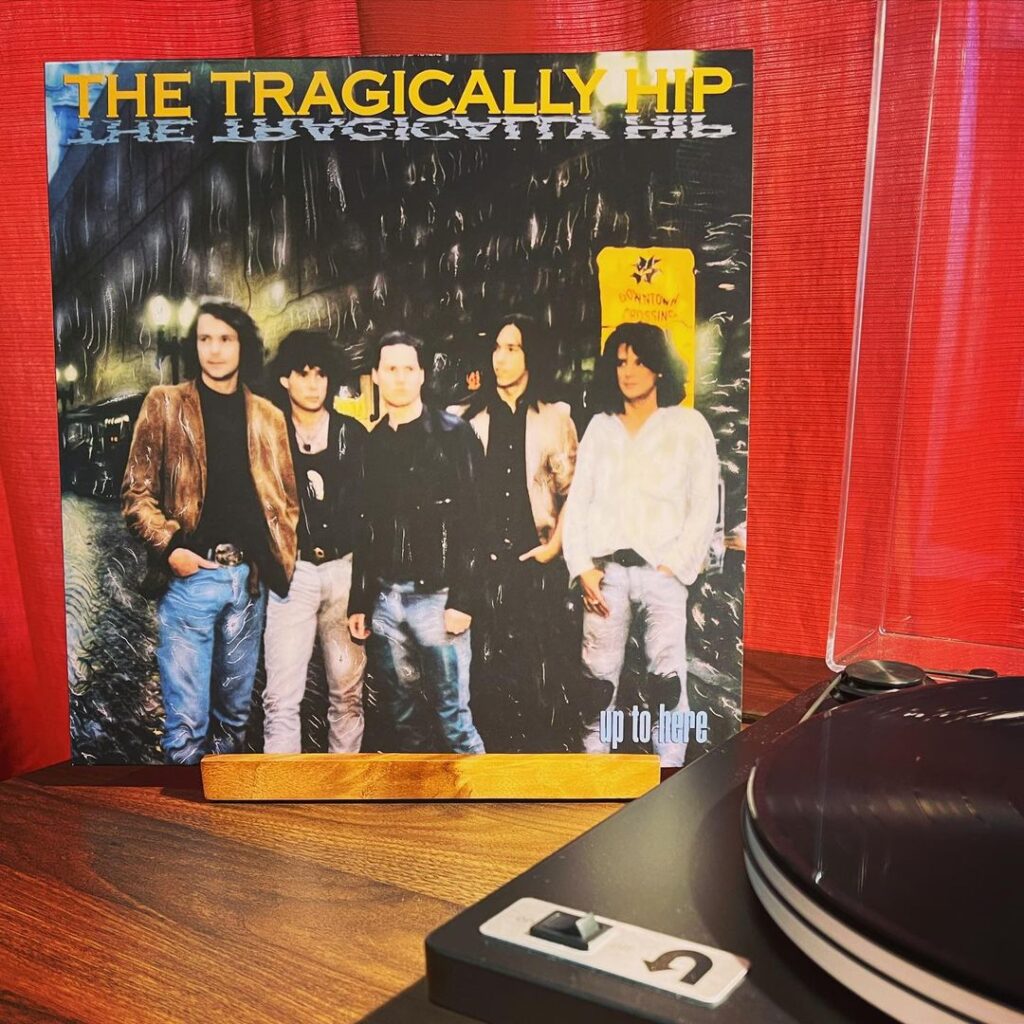
What We Said: “Glimpses of the group that would eventually become known as “Canada’s Band” [are] plenty visible. Their hard-charging take on roots rock had solidified, and — more importantly — the late, great Gordon Downie was becoming a far more compelling frontman and storyteller.”
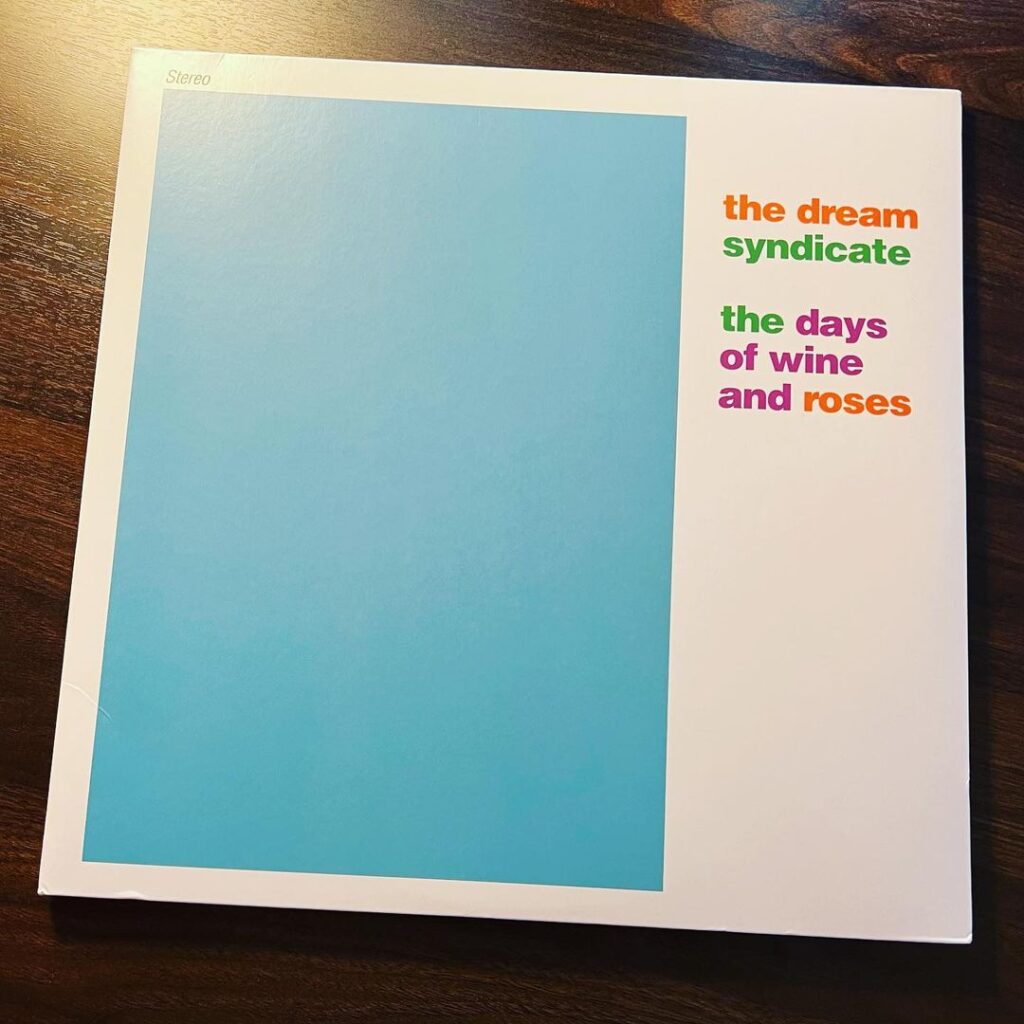
What We Said: “[It] draws far more heavily from the exploratory likes of The Velvet Underground than from straight-ahead pop — in relatively stark contrast to contemporaries such as Game Theory and The Three O’Clock. As such, it helps to further place The Dream Syndicate within the context of the still-expanding realm of post-punk.”
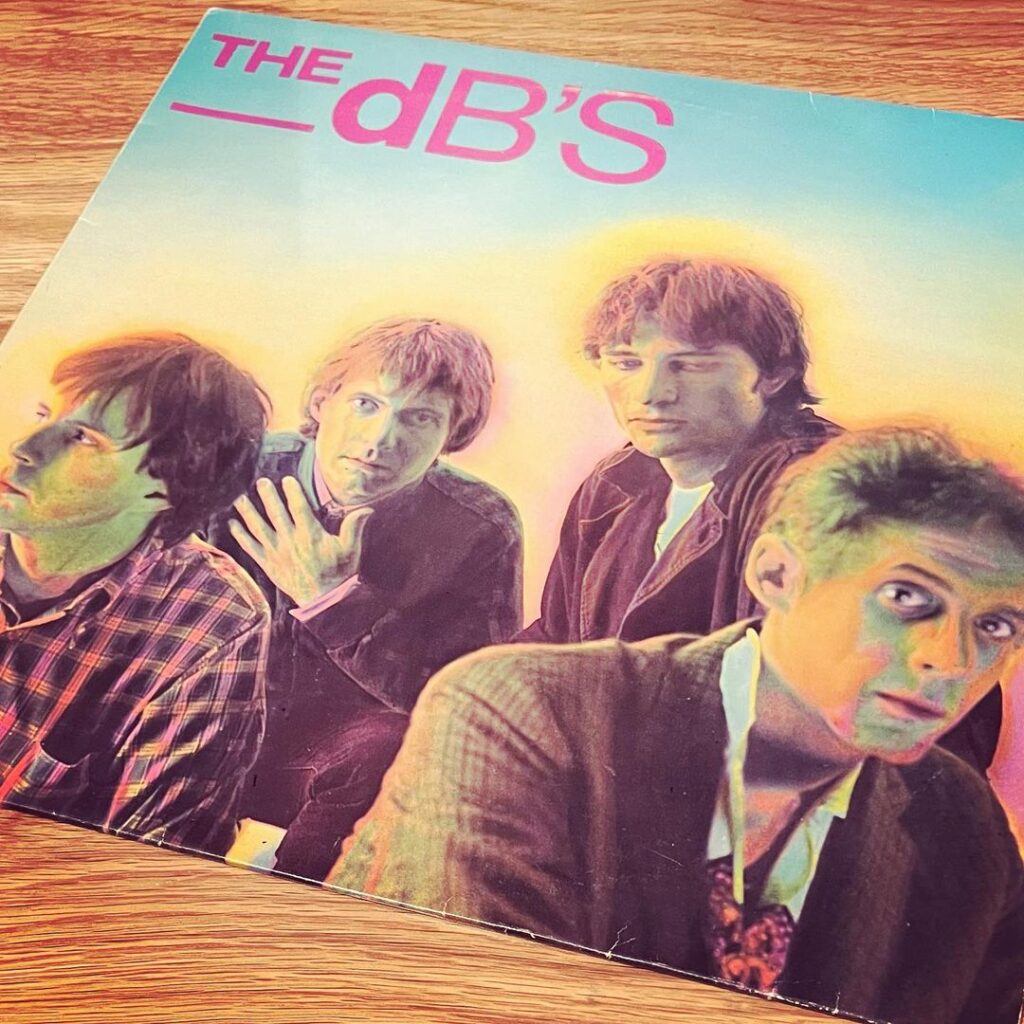
What We Said: “It’s on [“Black and White”] that one can most clearly see the influence that Stands for Decibels would have on the emergent jangle pop scene, but the variety on display across these eleven tracks helped to establish several unique sound templates for the alternative 80s.”
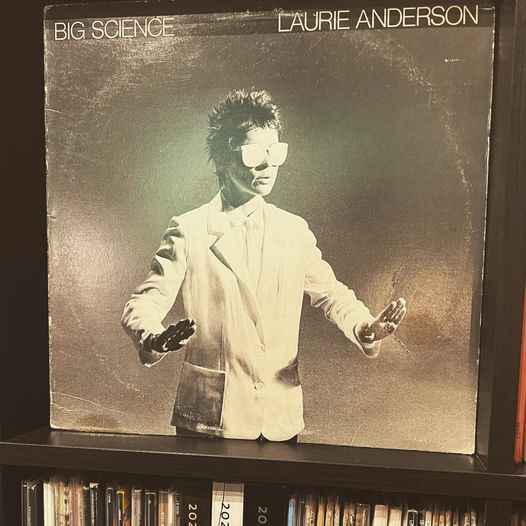
What We Said: “Big Science is music for a future that we were promised, never got, and probably didn’t deserve. But even if that mythical place ‘about 70 miles east of here’ never really materialized, we’re lucky enough to have received this postcard from someone who tried to make it happen.”
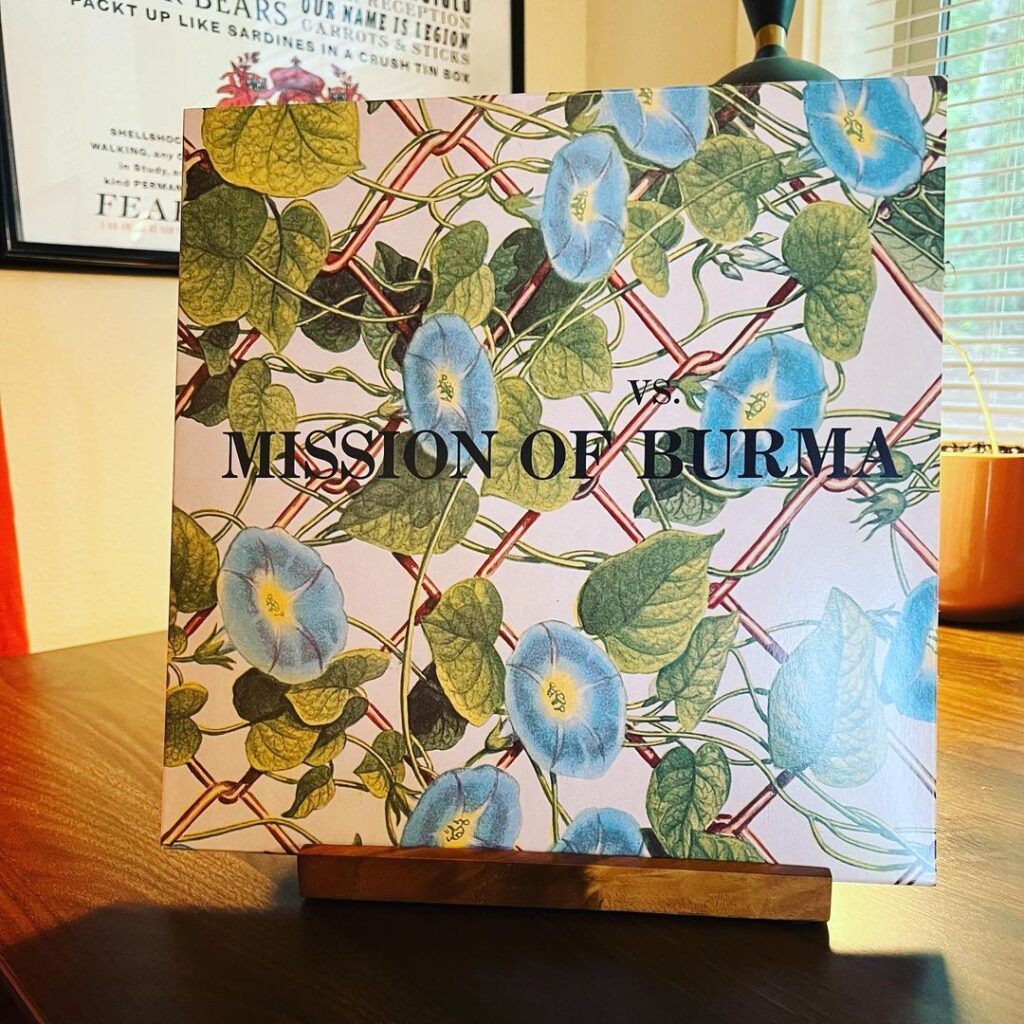
What We Said: “Not mentioned nearly enough among the great punk records, Vs. keeps in the spirit of landmarks like Pink Flag and Entertainment!, but introduces its own fascinating shades to the post-punk palette. Energetic, complex, atmospheric, and often quite beautiful, it’s a frequently stirring example of thinking man’s punk.”

What We Said: “[Spot] helps to establish the template for the band’s studio sound — namely, the buzz saw guitar that would define their landmark recordings. And though the songwriting was still in a formative state, the elements that would make the Hüskers one of the decade’s definitive American bands are largely present and accounted for.”
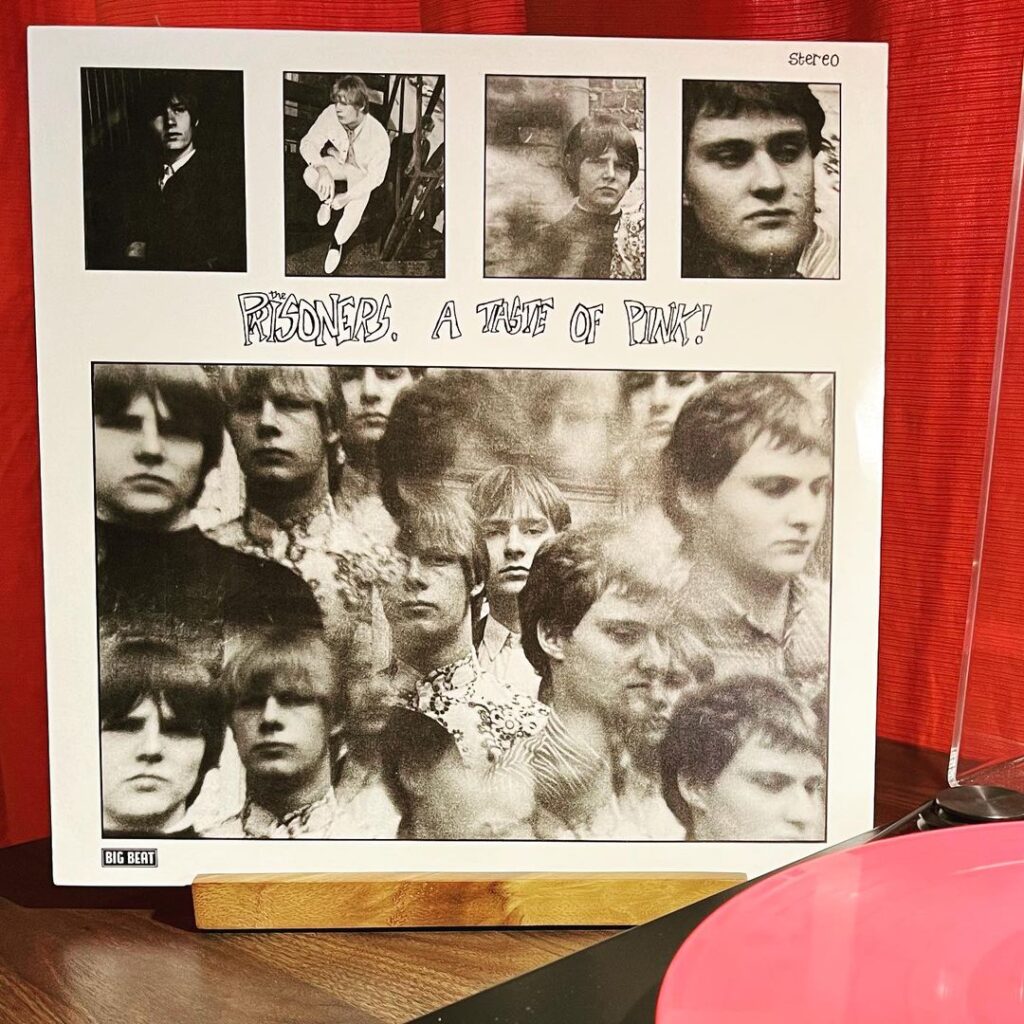
What We Said: “Whereas most eighties-era sixties throwbacks were leaning into the psychier elements of their homages, The Prisoners took the Nuggets sound, imbued it with some punk energy, and kept things simple, straightforward, and rocking. It would be nearly another two decades before a full-scale garage rock revival hit, but The Prisoners kept the style warm here.”
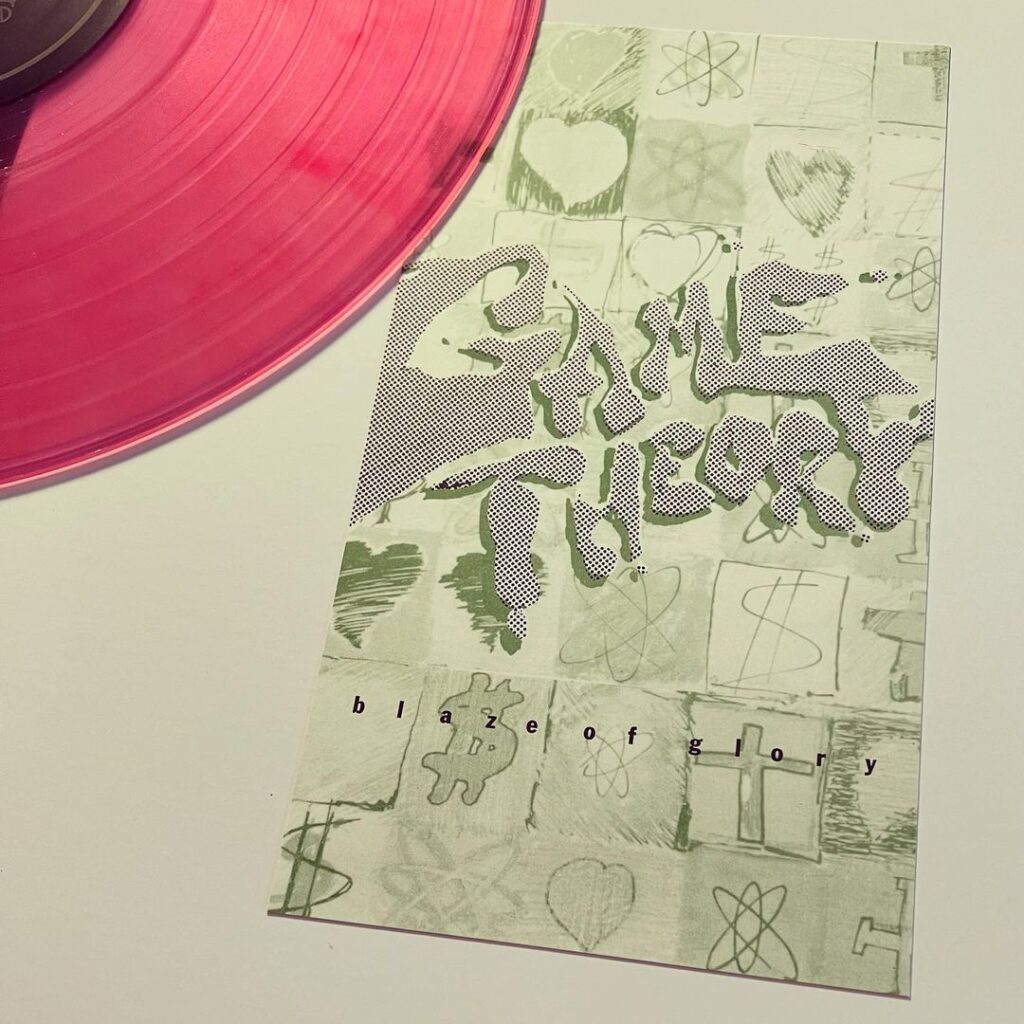
What We Said: “[It] finds Scott Miller’s idiosyncratic knack for melody taking shape on a generally solid set of songs. And while Miller’s writing would improve over the course of the project’s next few records, there’s real appeal here for any fans of power/jangle pop.”
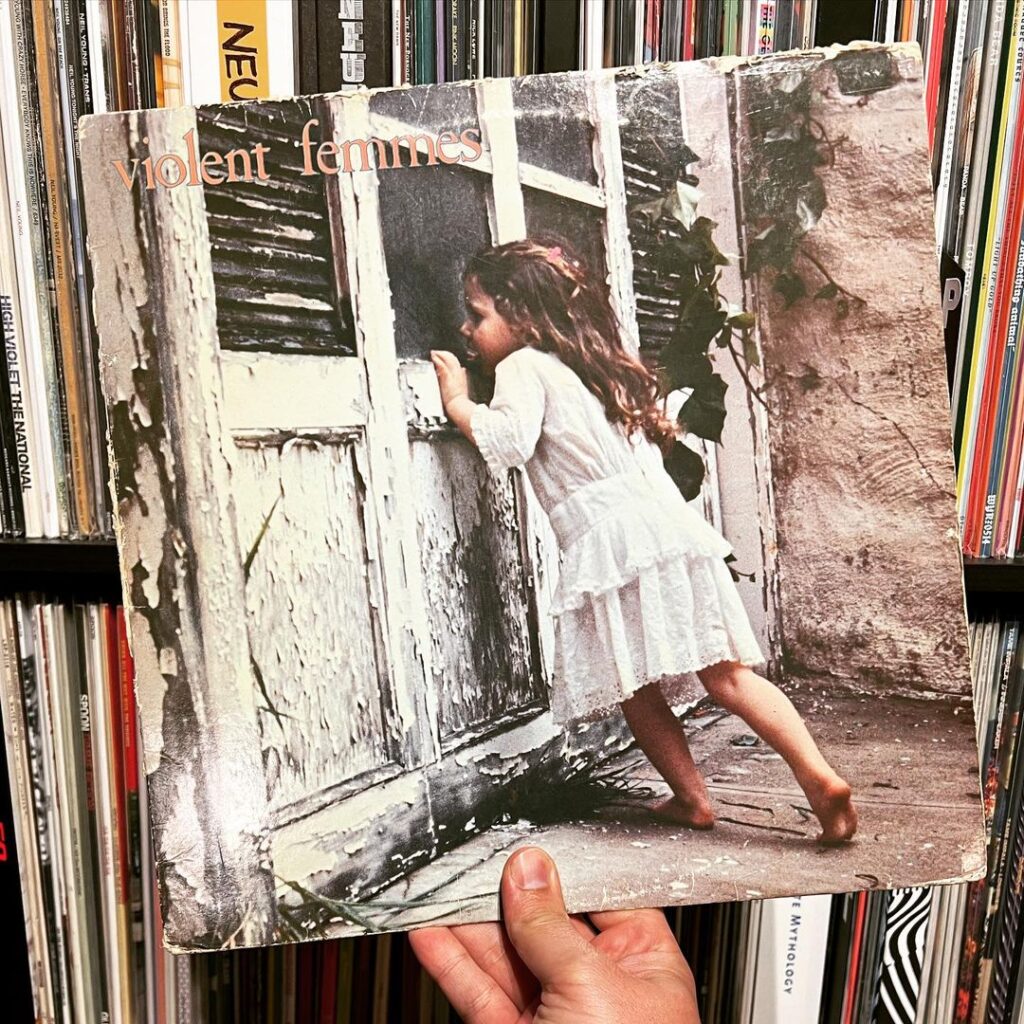
What We Said: “For whatever reason, I often forget just how good this record actually is… Whatever it may be, it means that I often have the pleasure of being reminded just how great Violent Femmes is.”
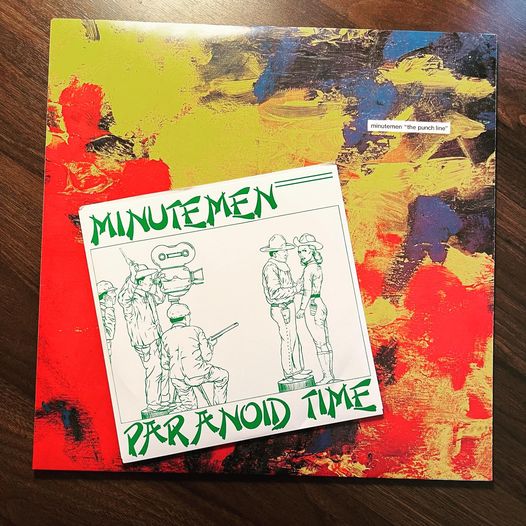
What We Said: “Surprisingly heavy with Mike Watt compositions, The Punch Line often finds his frenetic bass playing taking on the role of lead instrument. D. Boon and George Hurley keep up with the torrid pace established by Watt, and the chemistry/conviction/brotherhood that bonded the trio is apparent throughout.”
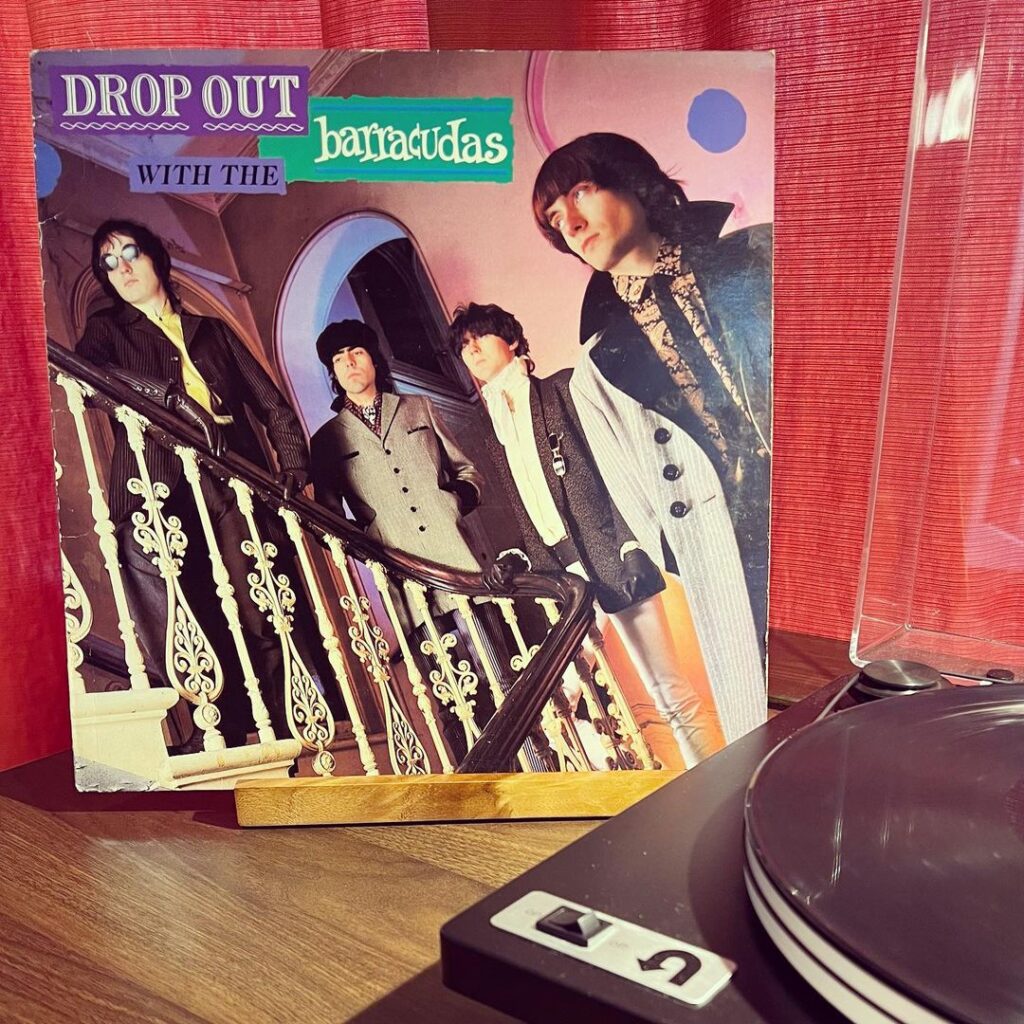
What We Said: “It’s not only about looking backwards. Recorded in 1980, Drop Out also reflects the context of the contemporaneous punk scene, while also anticipating the sixties revivalism and jangle pop that would peak over the next handful of years.”
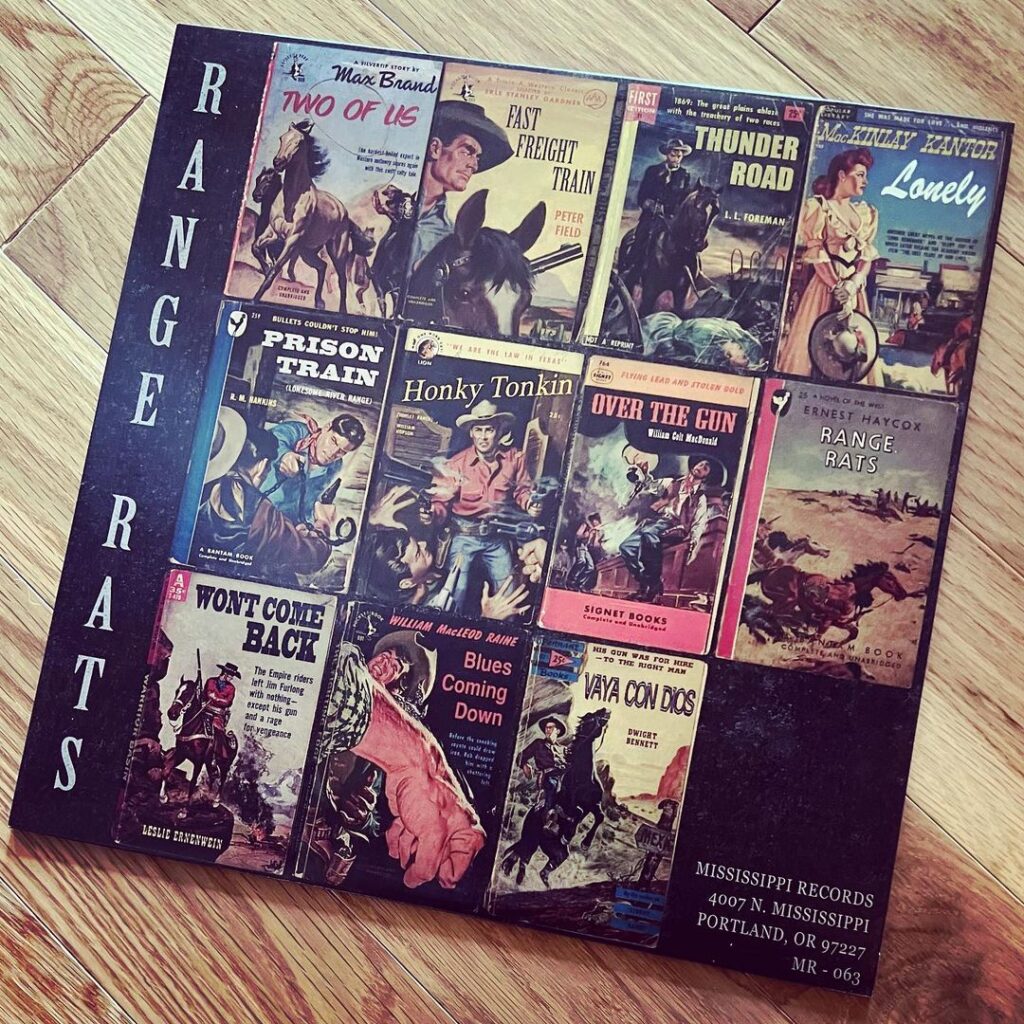
What We Said: “While it’s fair to characterize this as a cowpunk record, much of the ‘punk’ comes from association with the Coles’ other bands. This is pretty traditionalist country/western music, and working within those parameters allowed for Fred [Cole] to craft some of his most melodically appealing songs.”
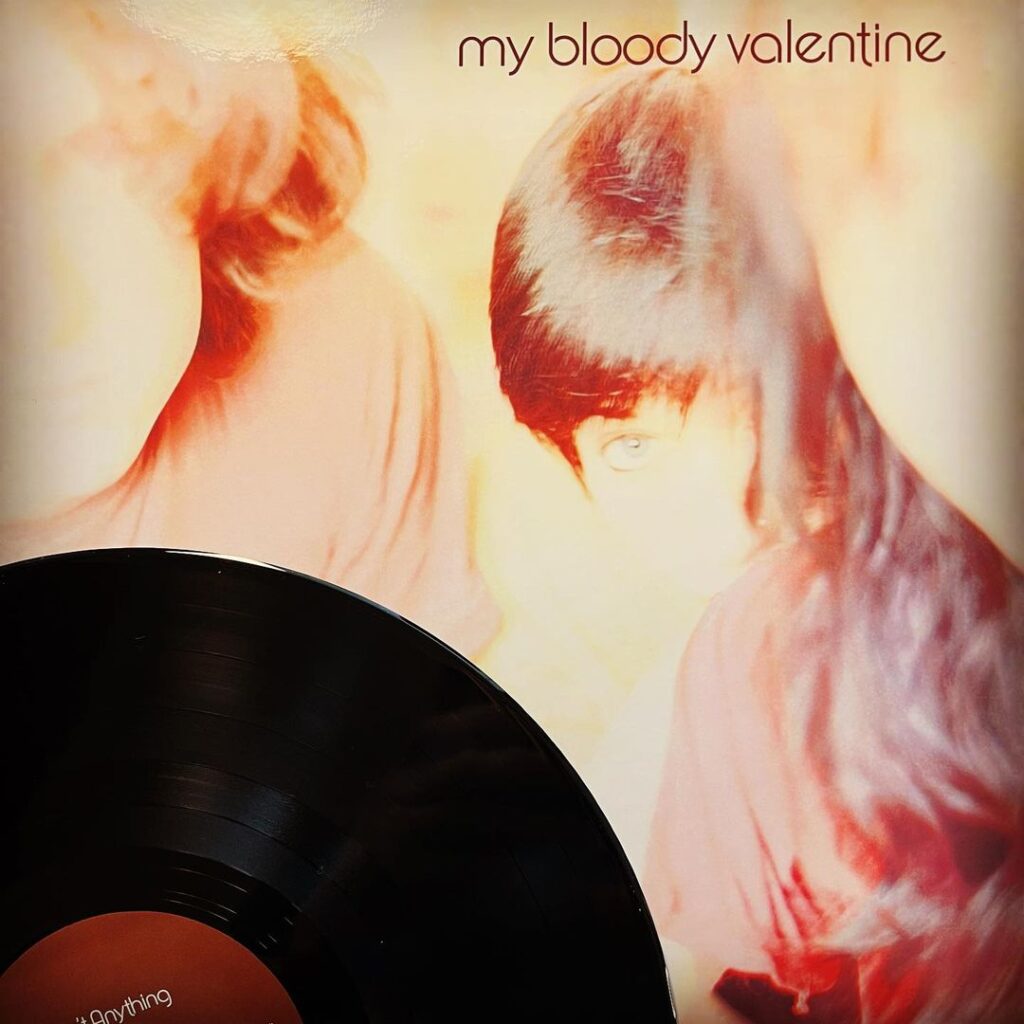
What We Said: “More than on their masterpiece, 1991’s Loveless, Isn’t Anything finds [My Bloody Valentine] embracing their pop instincts. And yet, it’s still not easy to recall specific hooks after your initial listens. But the ‘vibe’ itself leaves a sizable imprint.”
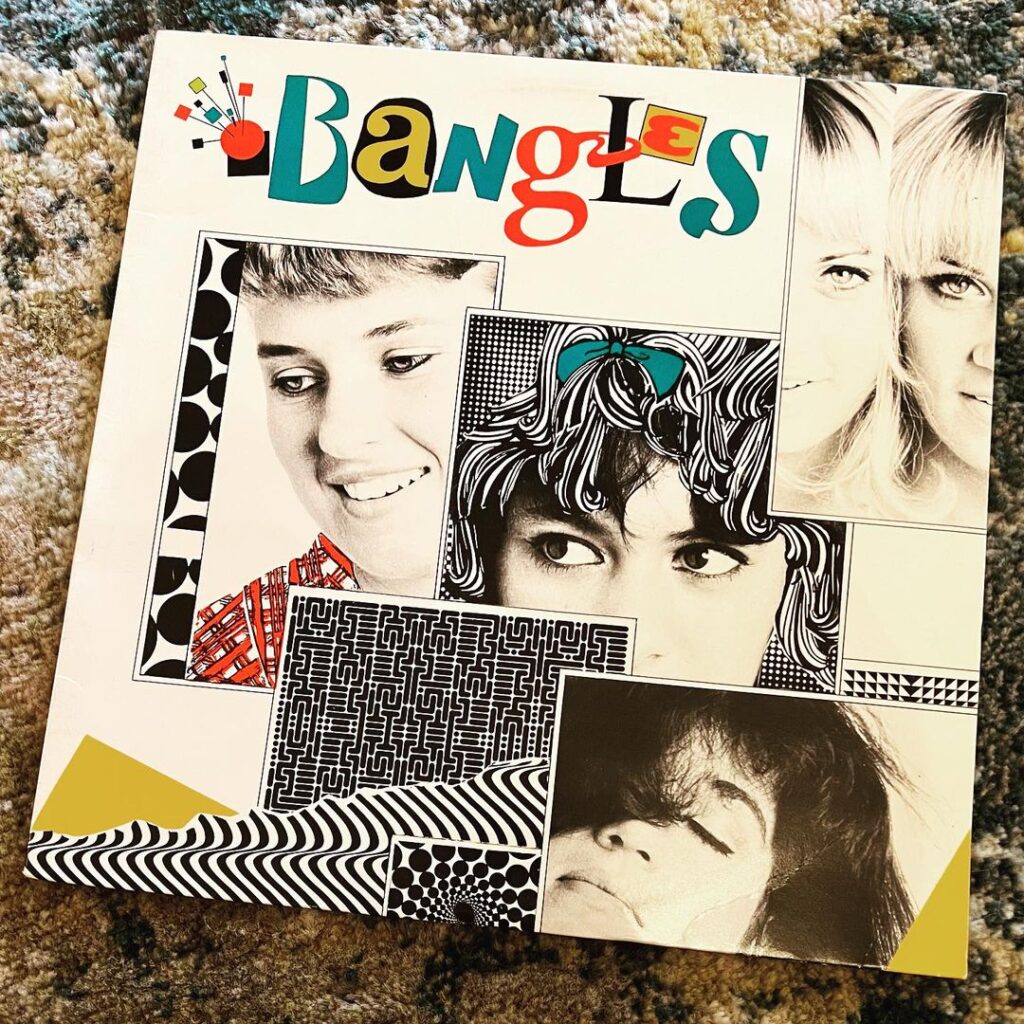
What We Said: “[It] confirms the group’s jangle and garage bonafides: the former with the opening highlight, “The Real World”; the latter with the amped-up closing cover of The La De Da’s classic, “How Is the Air Up There.” The three worthy tracks in between help to round out a solid first offering from a band that seemed destined for star trajectory.”
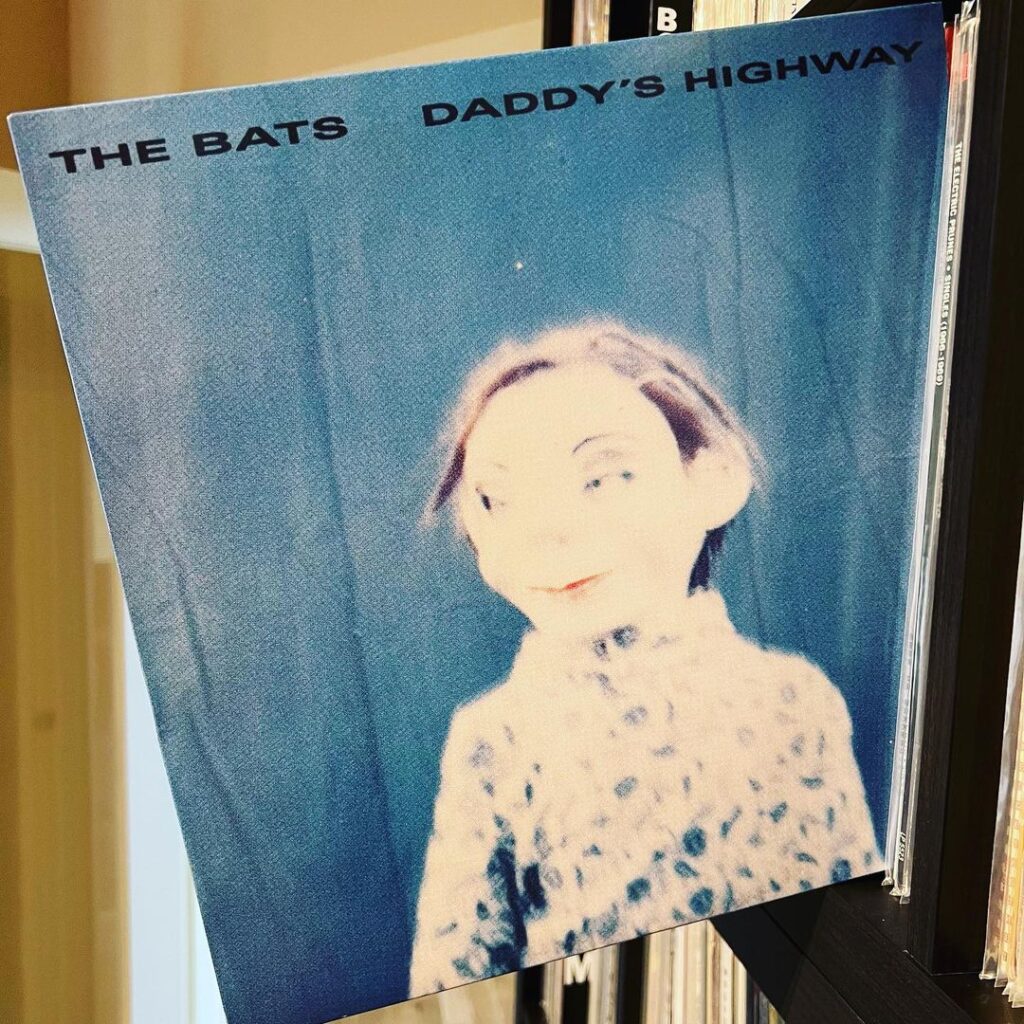
What We Said: “‘Consistency’ can be a double-edged sword, but on their debut, The Bats keep things steady, and in turn, craft one of the definitive releases in New Zealand’s Dunedin Sound scene. All in all, it’s an album of low-key charms, but it charms nonetheless.”
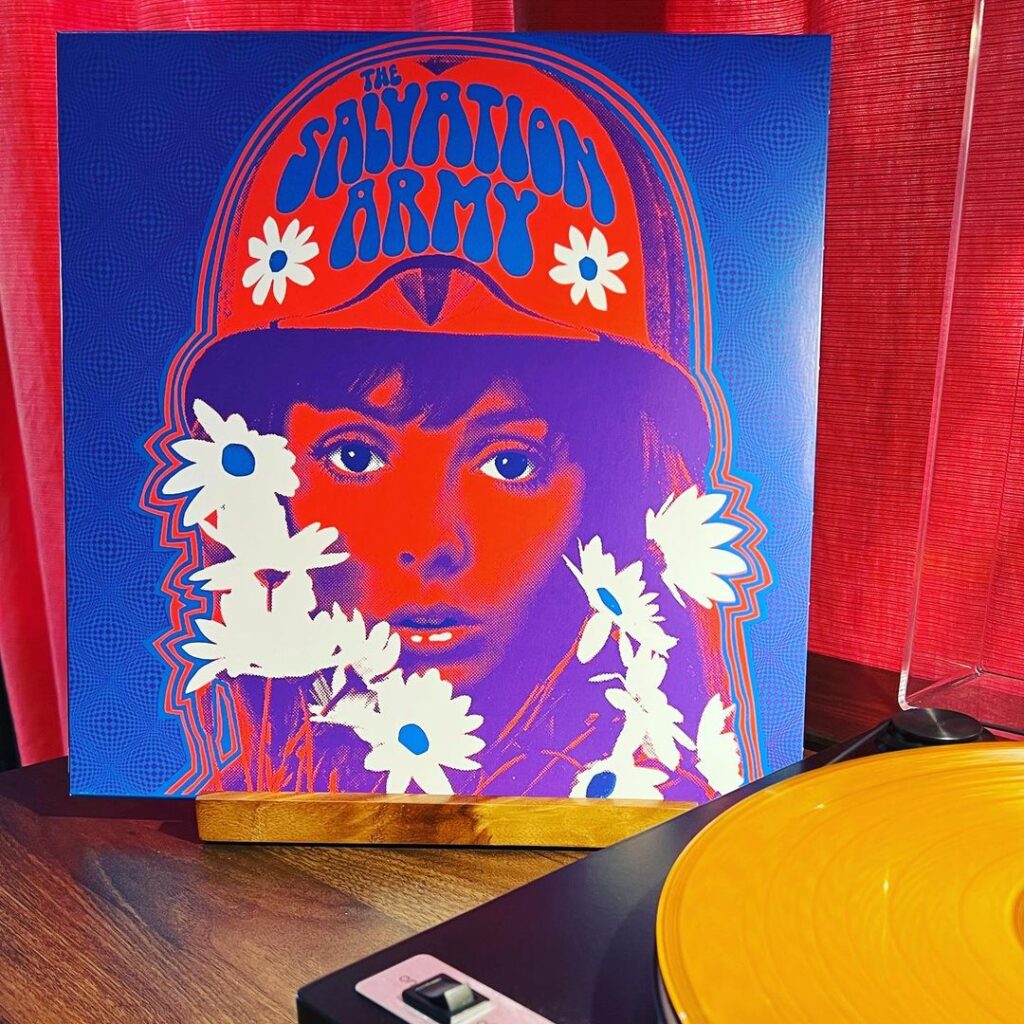
What We Said: “Whirring by at a brisk pace, these ten tracks certainly confirm the sixties influence that was at the core of the Paisley Underground scene, albeit in a slightly different manner. The songs bring the requisite psychedelia, but they’re matched with a pace that shows some surf rock influence creeping in as well.”
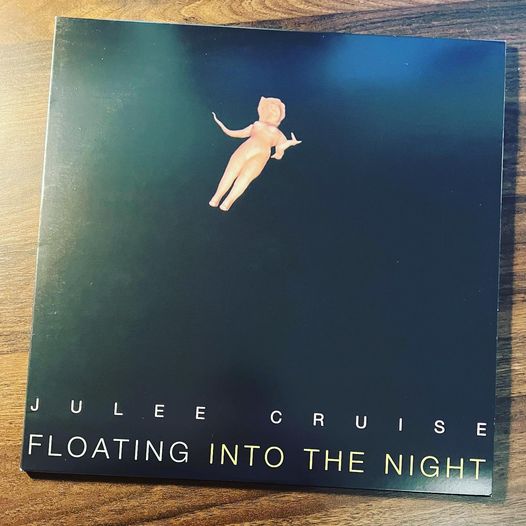
What We Said: “Here, much of the surrealism that has made Twin Peaks a cross-generational touchstone is captured in a record that finds its own unique sound in the space between jazz, dream pop, ambient, and sophisti-pop. And the end result is a damn fine album.”
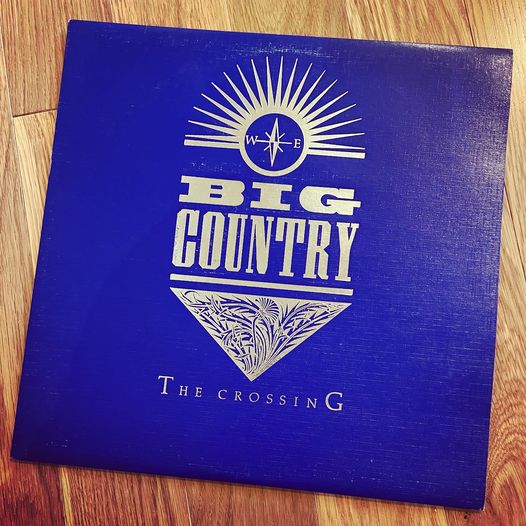
What We Said: “It’s all a bit glossy, but Steve Lillywhite’s production is appropriately massive; especially given the fact that these are not exactly accidental anthems. Mixed with the group’s Celtic influences, it makes for a unique listen; and given its popularity at the time, it makes for an easy record to find in bargain bins.”
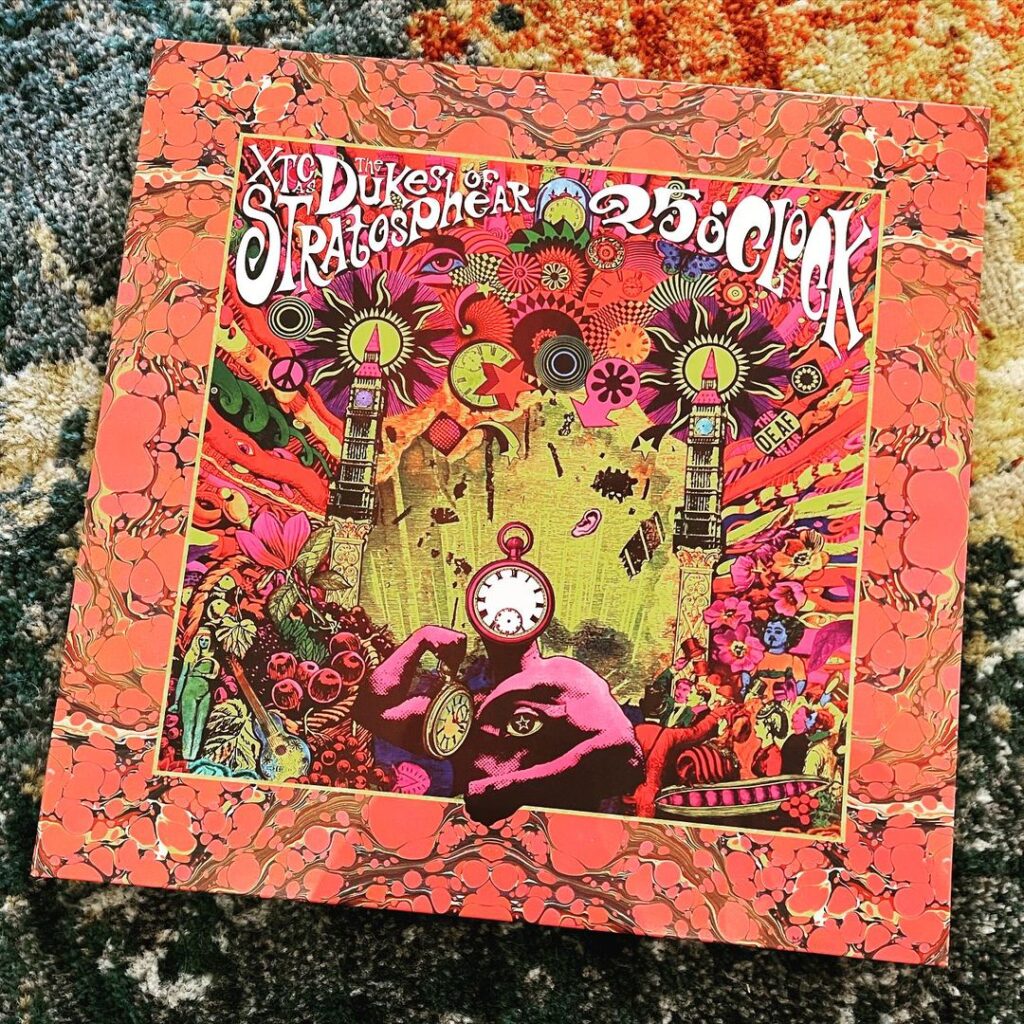
What We Said: “Not only is the material great, but the arrangements and production sound authentically lifted from 1967. It’s almost as if XTC looked around at all of the twenty-year-cycle sixties revivalism that was afoot in the mid-eighties and said, ‘yeah, we can do it better.’ And they did.”
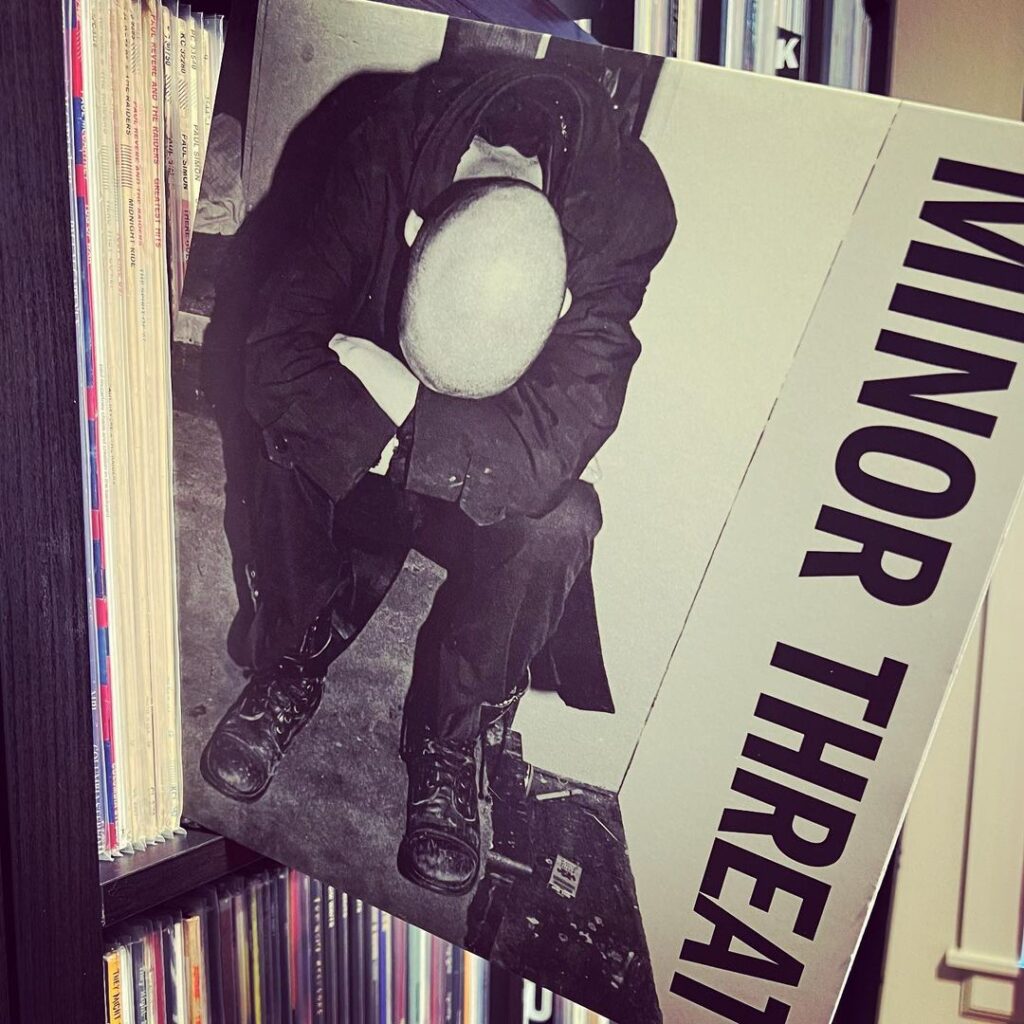
What We Said: “And to say nothing of its formidable influence on generations of punk bands, [Minor Threat’s] debut EP is raw, visceral, and still thrilling over forty years after its initial release.”
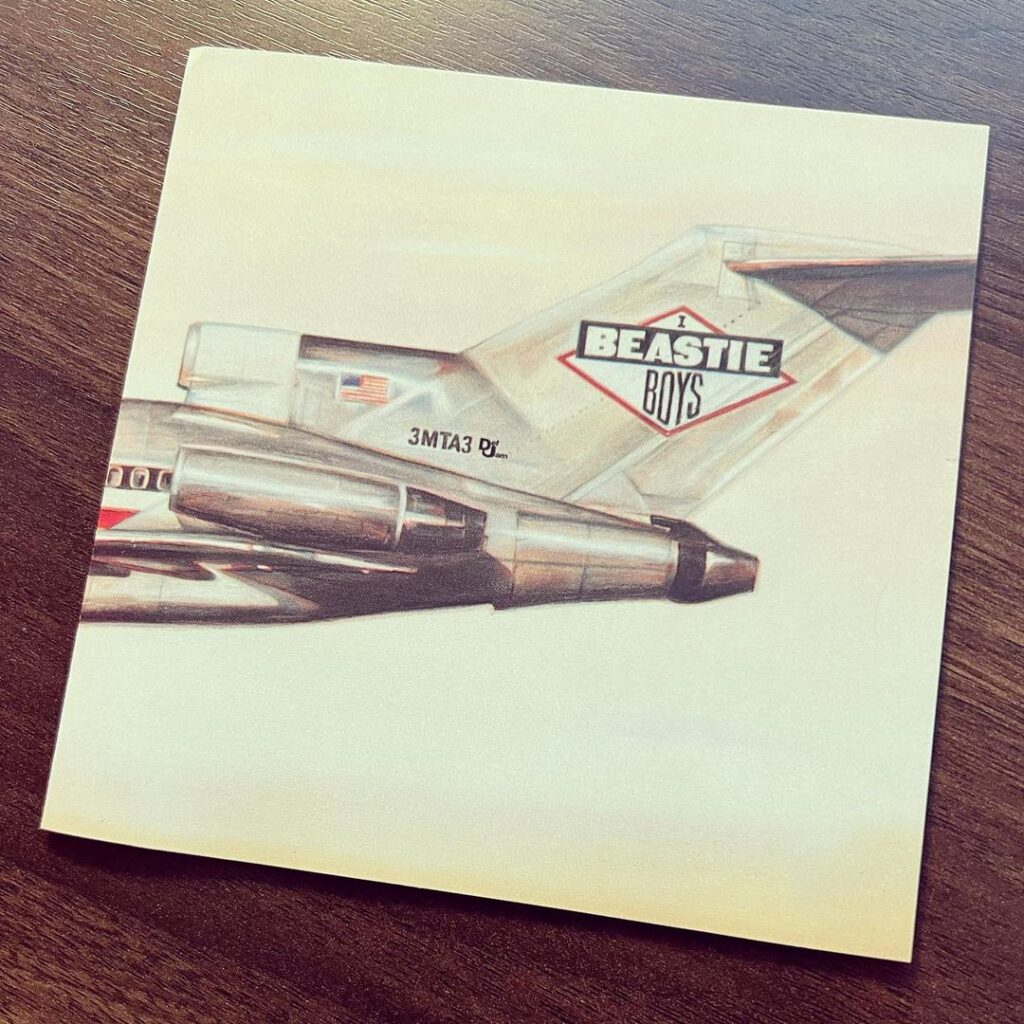
What We Said: “Yeah, it’s sophomoric, undeniably a product of its time, and about as subtle as a sledgehammer, but it’s also a lot of fun. And given that the Beasties would ultimately retreat from — and retract — its more regrettable elements, I don’t feel too bad about calling License to Ill a classic.”
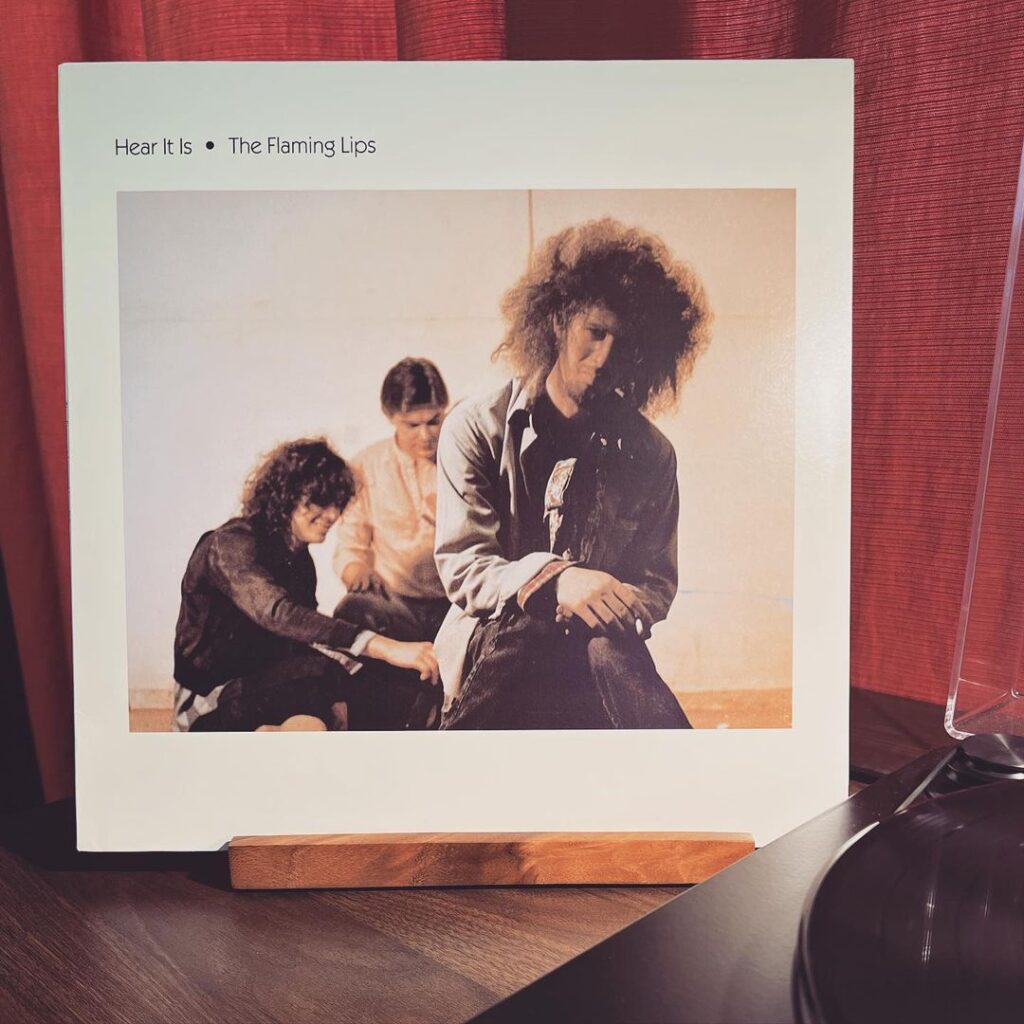
What We Said: “It’s certainly not hard to hear the roots of the band that would start making legitimately excellent records by the time of 1990’s In a Priest Driven Ambulance. The psych elements were always at the core of the Lips’ music, but here, they’re paired with with equal amounts of garage punk. It’s raw and noisy, sure, but Wayne Coyne’s knack for melody and contemplative lyricism peek through plenty.”
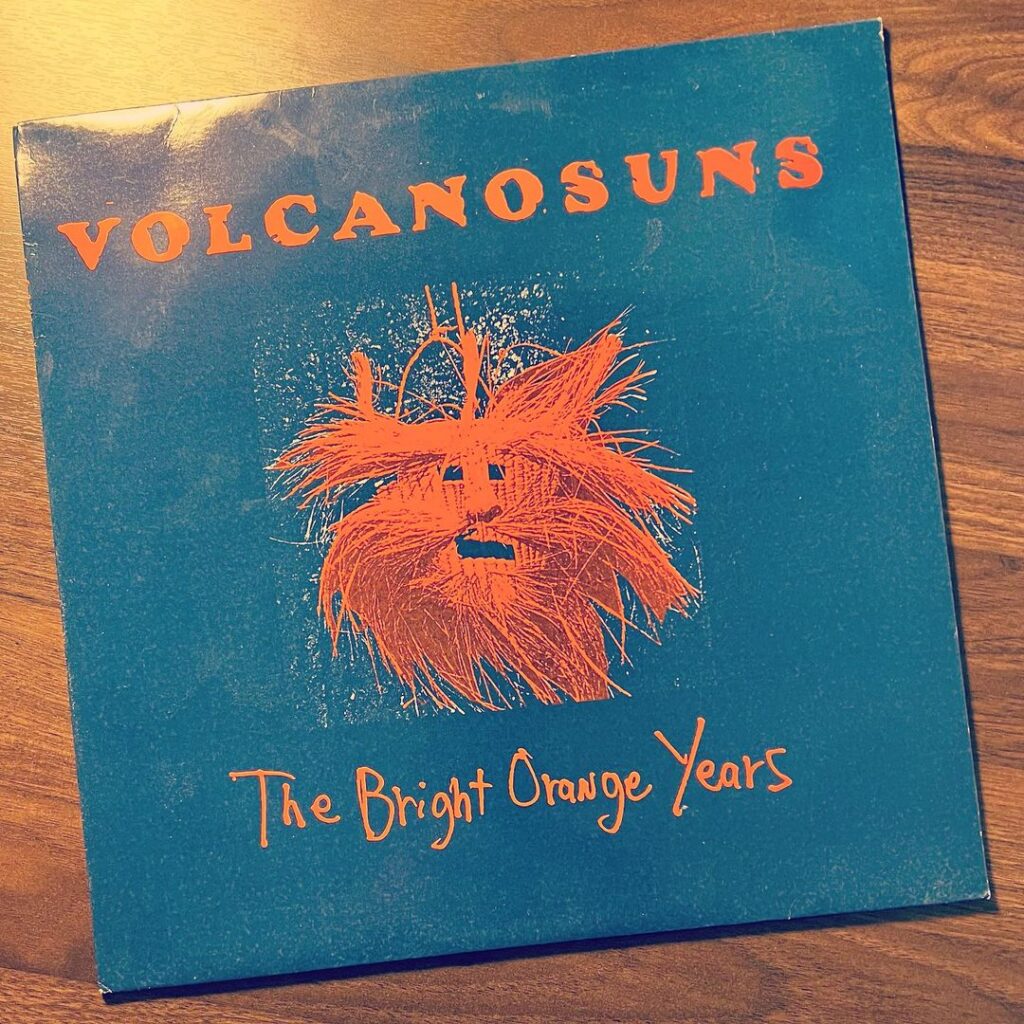
What We Said: “Even if it isn’t quite as vital as [Peter] Prescott’s work with Mission of Burma, The Bright Orange Years should prove satisfying for anyone looking to scratch a similar itch.”
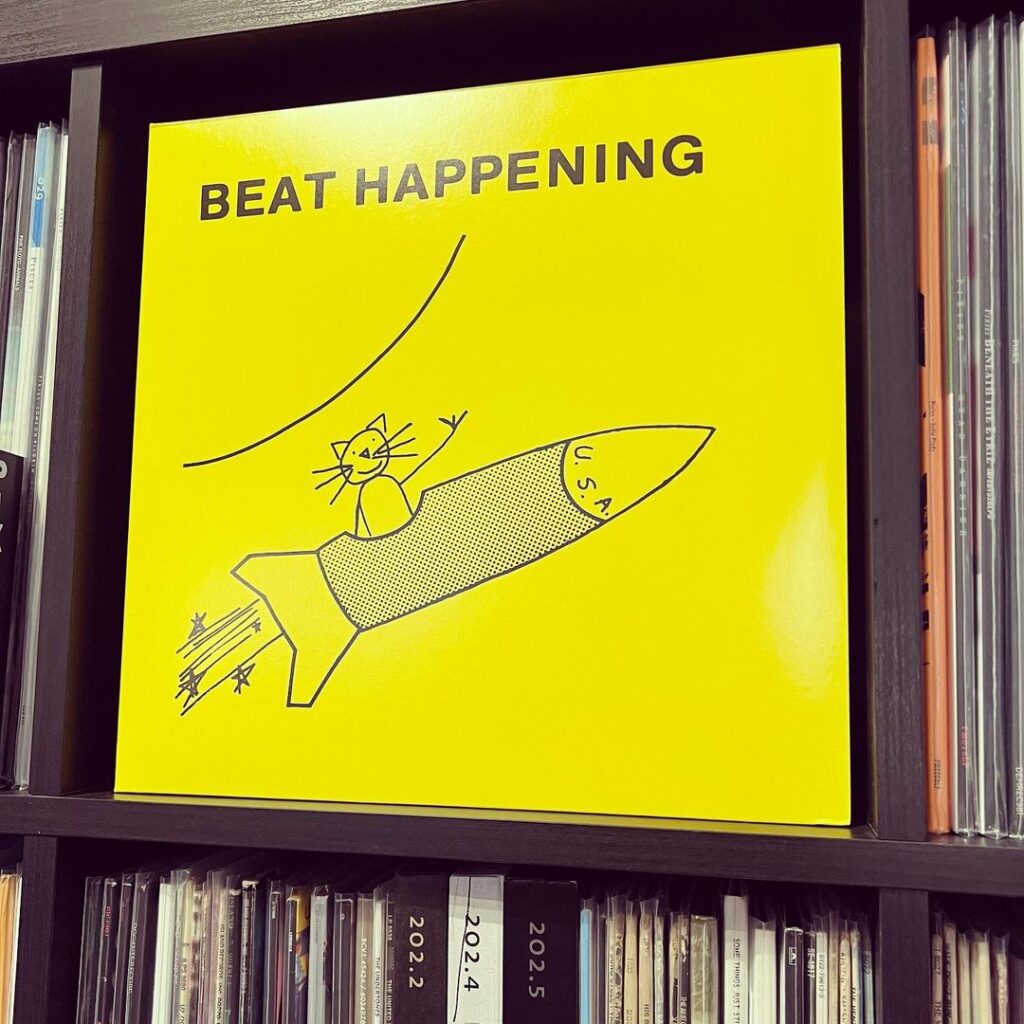
What We Said: “Sure it’s amateurish, but that’s an immense part of what makes it so endearing. And while the deadpan vocals of Calvin Johnson and Heather Lewis may be a non-starter for many listeners, they prove to be a perfect accompaniment to the group’s off-kilter melodicism.”
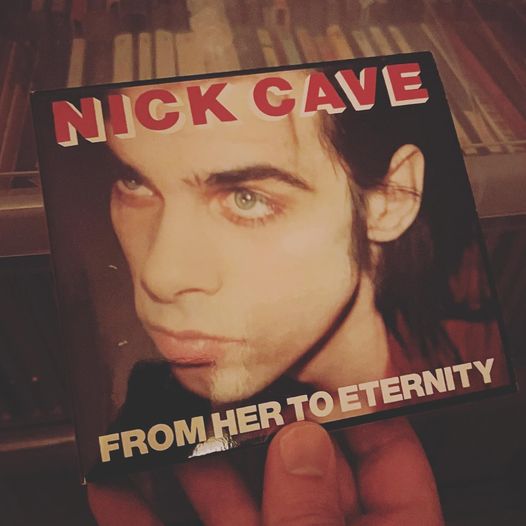
What We Said: “Already a commanding presence in The Birthday Party, [Nick] Cave is the unquestioned center of attention here; and even where the material drags (slightly), he’s never less than compelling.”

